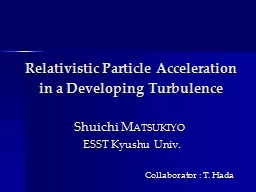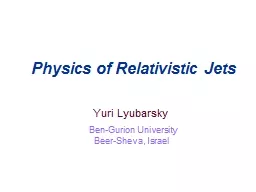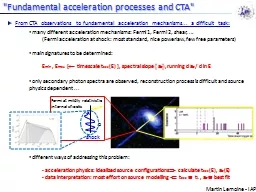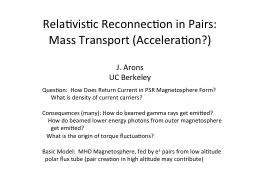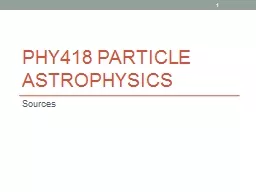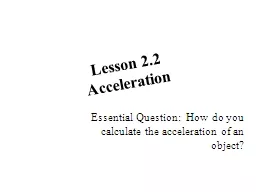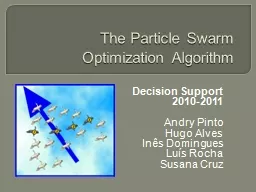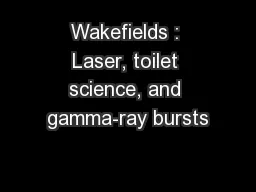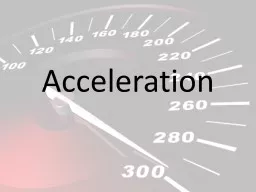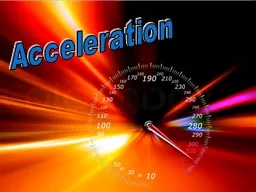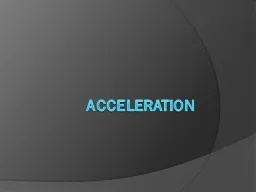PPT-Relativistic Particle Acceleration
Author : pamella-moone | Published Date : 2018-02-04
in a Developing Turbulence Shuichi M ATSUKIYO ESST Kyushu Univ Collaborator T Hada Outline Background motivation acceleration processes in turbulent plasmas
Presentation Embed Code
Download Presentation
Download Presentation The PPT/PDF document "Relativistic Particle Acceleration" is the property of its rightful owner. Permission is granted to download and print the materials on this website for personal, non-commercial use only, and to display it on your personal computer provided you do not modify the materials and that you retain all copyright notices contained in the materials. By downloading content from our website, you accept the terms of this agreement.
Relativistic Particle Acceleration: Transcript
Download Rules Of Document
"Relativistic Particle Acceleration"The content belongs to its owner. You may download and print it for personal use, without modification, and keep all copyright notices. By downloading, you agree to these terms.
Related Documents

